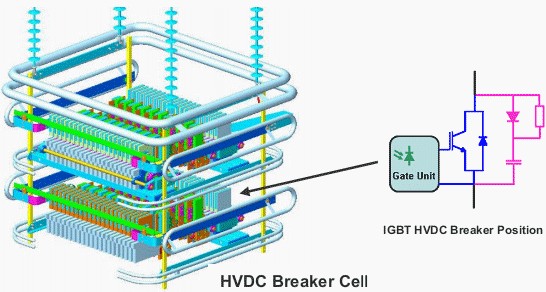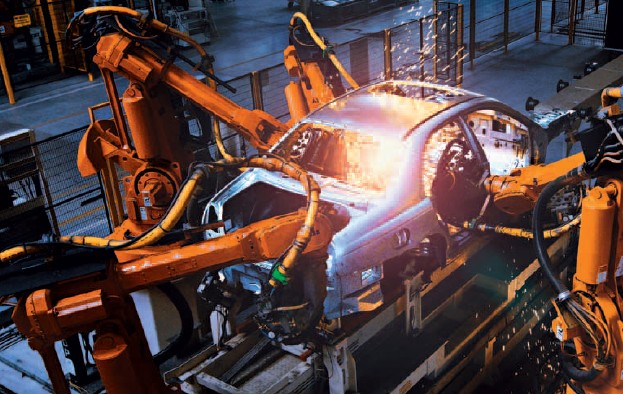ABB’s breakthrough developing an HVDC circuit breaker now led to an inclusion to MIT Technology Review’s list of 50 disruptive companies 2013 along with companies such as Apple, SpaceX, and Facebook. The HVDC breaker enables building direct current grids, whereas before only point-to-point lines were possible. This may lead to widespread use of renewable energy.

Author Archives: admin
Web Performance Meetup Karlsruhe
Yesterday, I gave a talk at the Web Performance Meetup Karlsruhe on Performance Modeling at ABB. The presented case study demonstrates the capabilities of various modern performance modeling tools and a design space exploration tool (i.e., PerOpteryx by Anne) in an industrial setting, provides lessons learned, and helps other software architects in solving similar problems. The meetup group targets web developers and is held roughly once per month. There have already been talks from Facebook and SoundCloud.com.

Rapid Performance Modeling by Transforming Use Case Maps to Palladio Component Models
Paper accepted at ICPE 2013: We introduce a novel model transformation from Use Case Maps (UCM) to the Palladio Component Model (PCM), which enables performance modeling based on an intuitive notation for complex information flows. The resulting models can be solved using existing simulators or analytical solvers. We validated the correctness of the transformation with three case study models, and performed a user study. The results showed a performance prediction deviation of less than 10 percent compared to a reference model in most cases.

IEEE TSE article on Palladio published
Our article on reliability prediction with the Palladio Component Model finally appeared in the November/December issue of IEEE Transactions on Software Engineering.

Why ABB is a software company
The latest issue of ABB’s corporate technical journal “ABB Review” features the theme “Software”. With around 3,000 software developers in 40 countries worldwide and impacting about one quarter of ABB’s revenue, there is no doubt that ABB is a major software company. The theme issue provides an overview on some of ABB’s latest activites for embedded, system, and enterprise software as well as software processes. Check out how we prepare our controllers for the multi-core challenge and how we use performance modelling to plan the capacity and software architectures of our back-end IT.
MORPHOSIS: A Case Study on Lightweight Architecture Sustainability Analysis
Here are the slides from my talk at WICSA 2012:
The future of software architecture research and practice
Two panels at WICSA 2012 in Helsinki discussed the state of software architecture research as well as its future. The slides of the panel speakers are now online: Philippe Kruchten, Len Bass, Ivica Crnkovic, Eoin Woods, Uwe Zdun, Anna Liu, Eltjo Poort.
Sustainability Guidelines for Long-Living Software Systems
New paper accepted at the Industry Track of ICSM 2012 in Trento: “We created a catalog of ”software sustainability guidelines” to support project managers, software architects, and developers during system design, development, operation, and maintenance. This paper describes how we derived these guidelines and how we applied selected techniques from them in two industrial case studies. We report several lessons learned about sustainable software development.”

MORPHOSIS: A Lightweight Method Facilitating Sustainable Software Architectures
A new paper was accepted for a working session at WICSA 2012 in Helsinki: “Managing the cost-effective evolution of industrial software systems is a challenging task because of their complexity and long lifetimes. We have applied several recent sustainability evaluation and improvement approaches to the software architecture of a large industrial software system from ABB. We combined our selection of approaches in a lightweight method called MORPHOSIS“.
Journal Paper: Performance and Reliability Prediction
An article summarizing results from the EU-Project Q-ImPrESS was accepted for publication in Springer’s Journal on Empirical Software Engineering. It describes how we modelled an industrial control system for performance and reliability predictions. The paper discusses the prediction accuracy as well as the effort for creating the respective models. The paper is based is an extended version of a paper from ISSRE 2010 and another one from ICSE 2011.



